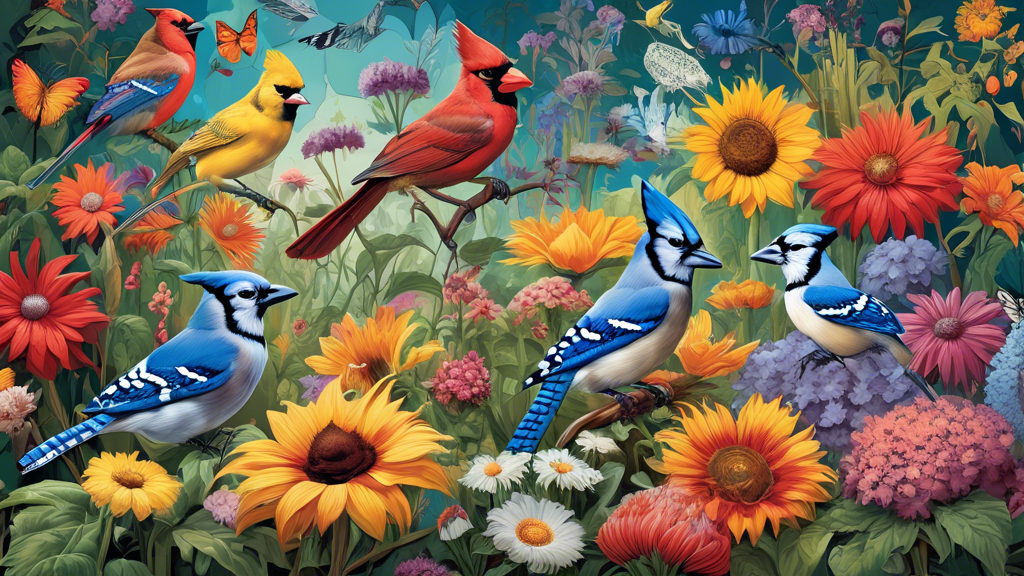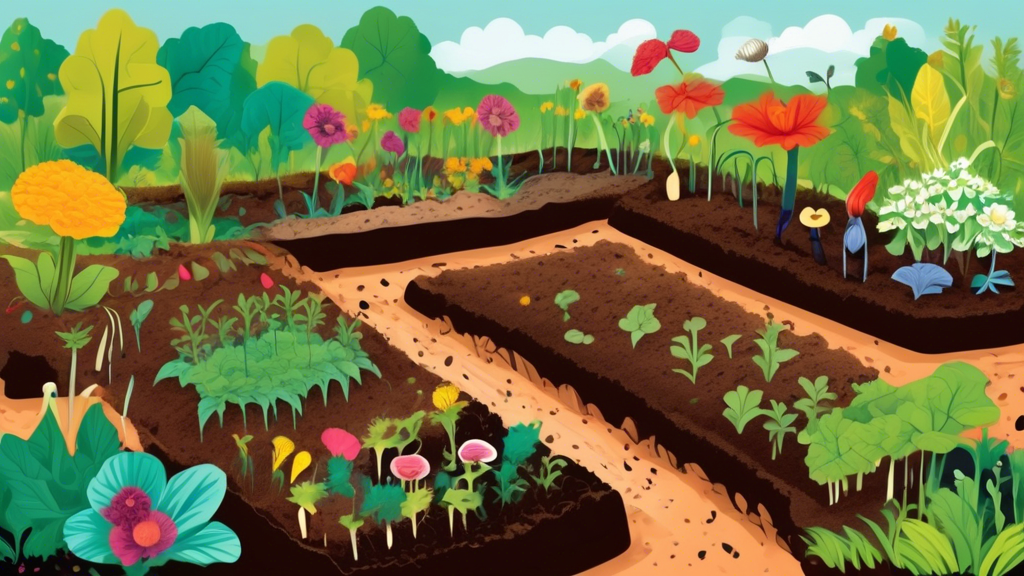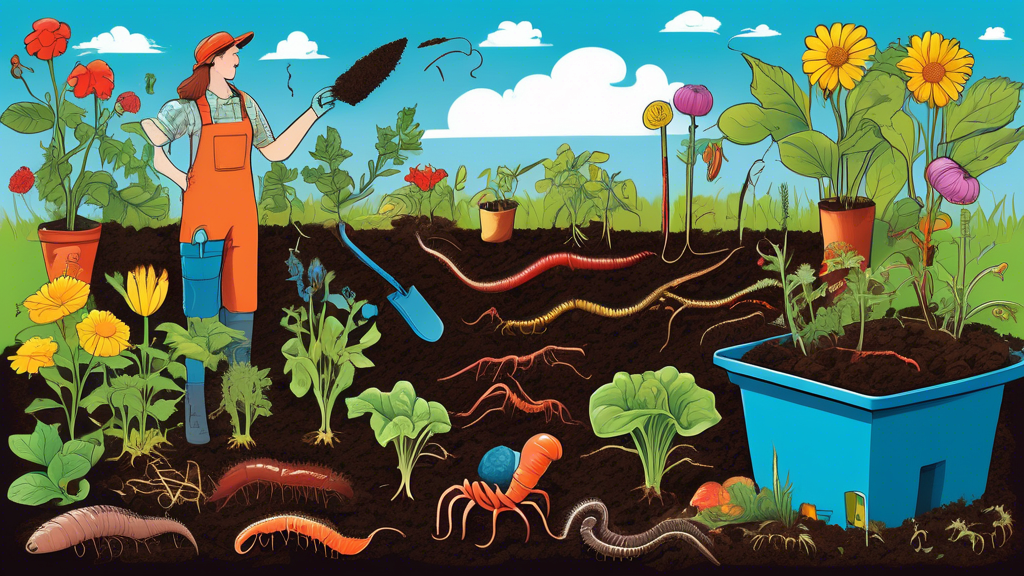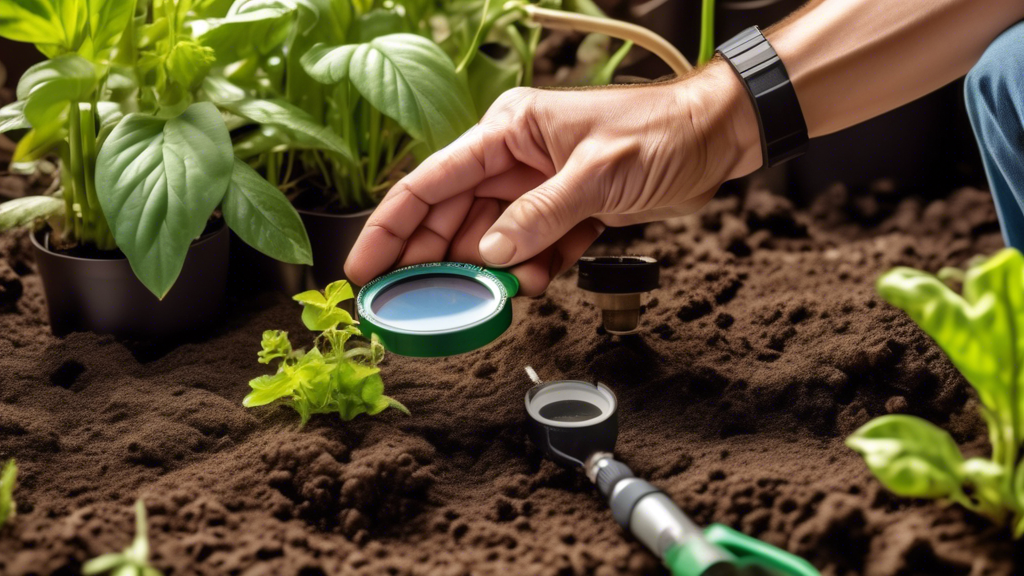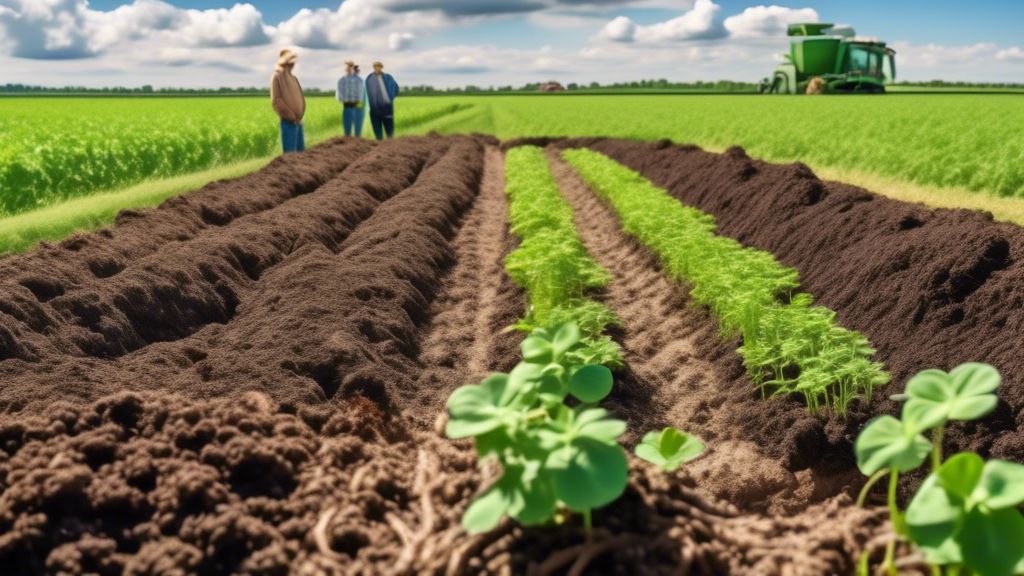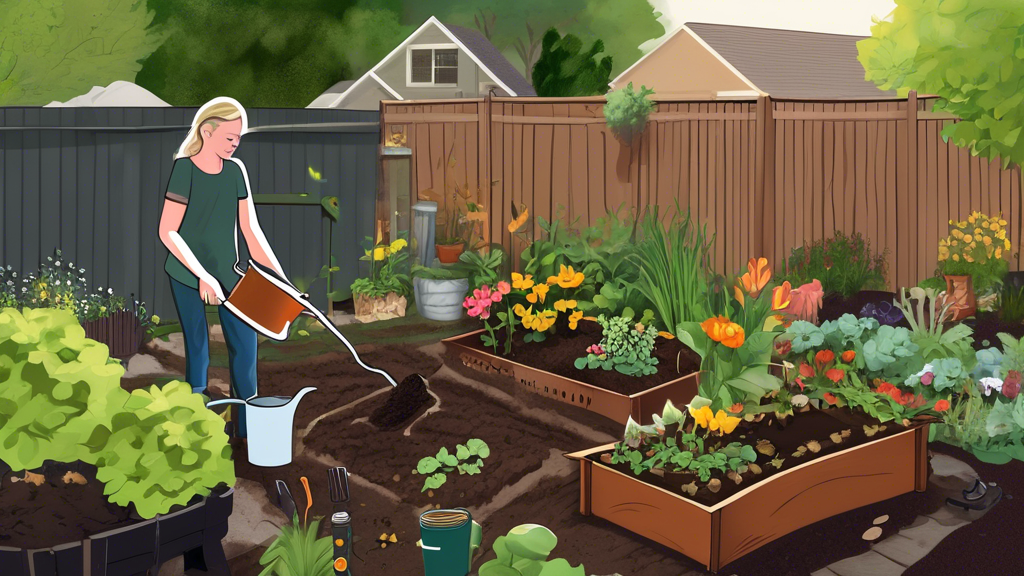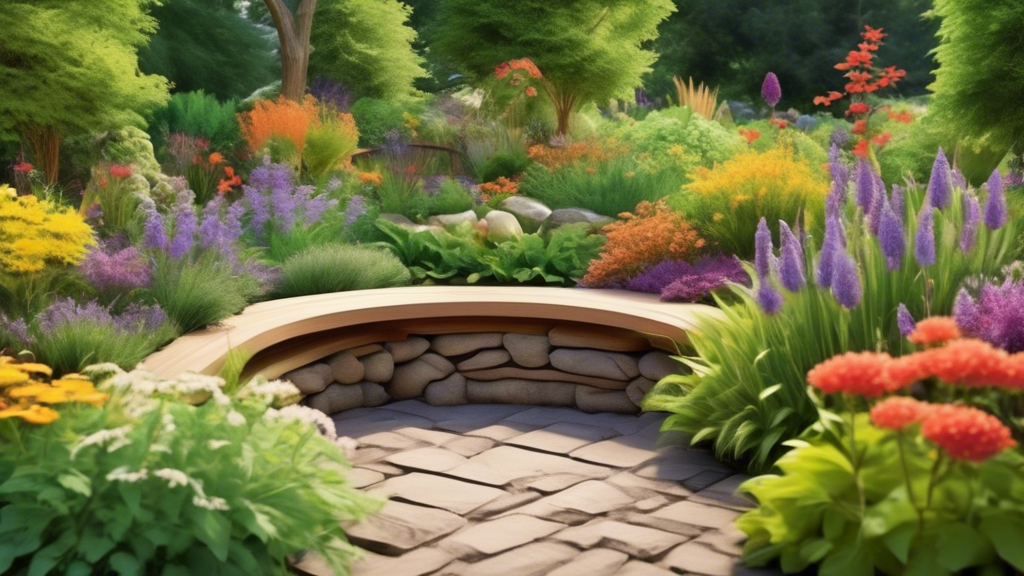
Why Your Garden Matters: The Benefits of Going Wild
The Hidden Costs of a Sterile Garden
Many gardeners unknowingly create environments that are challenging to maintain and ecologically barren. Common frustrations include:
- Poor fruit and vegetable yields due to a lack of pollinators.
- Increased pest outbreaks without natural predators like birds and ladybugs to control them.
- High maintenance demands, including constant weeding, watering, and reliance on chemical treatments.
- A garden that feels static and lacks the vibrant energy of visiting wildlife.
The Rewards of a Thriving Ecosystem
Transforming your garden into a wildlife haven reverses these issues and offers immense benefits:
- Natural Pest Control: Beneficial insects and birds manage pest populations for you.
- Superior Pollination: A steady stream of bees and butterflies leads to more productive and vibrant plants.
- Reduced Maintenance: Native, adapted plants require less water and care, saving you time and resources.
- Personal Fulfillment: Experience the joy of contributing to local biodiversity and watching your garden come alive.
Your Step-by-Step Guide to a Wildlife Haven
Step 1: Audit Your Space and Set Your Goals
Begin by observing your garden’s current conditions. Note the sunlight patterns, soil type, and any existing wildlife visitors. Decide which creatures you’d most like to attract, such as butterflies, songbirds, or amphibians, to tailor your efforts effectively.
Step 2: Plant the Perfect Menu with Native Plants
The Unique Insight: Plant in “Drifts,” Not Dots. Instead of scattering single plants, group 3-5 of the same native species together. This creates a larger, more visible target for pollinators, helping them find and collect nectar and pollen more efficiently, which conserves their vital energy.
Native vs. Non-Native Plants: A Quick Comparison
| Feature | Native Plants | Non-Native Cultivars |
|---|---|---|
| Water Needs | Adapted to local climate, require less watering | Often need more frequent watering and care |
| Wildlife Value | Co-evolved with local fauna, providing ideal food and shelter | Often bred for appearance; double flowers may lack nectar/pollen |
| Ecological Impact | Supports local ecosystem balance | Can sometimes become invasive and outcompete native species |
Step 3: Provide a Vital Water Source
All creatures need water. Install a shallow bird bath with pebbles or stones to provide landing spots. For butterflies, create a “puddling” area by filling a shallow dish with damp sand and a pinch of sea salt, which provides essential minerals.
Step 4: Build Shelter and Safe Breeding Grounds
Offer safe havens by leaving a “wild corner” with a log pile, leaf litter, and untrimmed grasses. Supplement this with specific homes like bee hotels, bird boxes, and hedgehog houses to encourage breeding and year-round residence.
Step 5: Commit to Chemical-Free Gardening
Embrace a holistic approach by accepting that a few “pests” are part of a healthy food chain. Use organic methods such as companion planting and encouraging predatory insects to maintain balance naturally.
Common Challenges and Simple Solutions
“I Have a Small Space or Just a Balcony”
Solution: Even the smallest spaces can contribute. Use containers filled with native flowering herbs, place a small water dish, and install a compact insect hotel to attract and support mini-beasts.
“I’m Worried About Weeds Taking Over”
Solution: Reframe your thinking about “weeds.” Many, like dandelions and clover, are excellent wildlife plants. Manage their spread by planting desirable native species densely so they outcompete less-wanted plants.
“Will It Look Messy and Unkempt?”
Solution: Aim for “managed wildness.” Maintain neat edges on lawns and pathways while allowing planting beds to grow more naturally. This creates an intentional, beautiful aesthetic that is both tidy and ecologically rich.
Wildlife Garden FAQ
How long does it take for wildlife to find my garden?
Answer: You might see new visitors, such as insects and birds, within days as they are constantly exploring. However, establishing a robust, balanced ecosystem typically takes a full growing season or two.
What is the single most important thing I can do?
Answer: Plant a native, nectar-rich flowering shrub. It provides both food and shelter in one low-maintenance package, acting as a powerhouse for local wildlife.
Are there any animals I should try to discourage?
Answer: Focus on balance. Non-native, invasive species (like certain slugs or overly dominant birds) can be managed. The goal is a balanced, native ecosystem where natural predators and prey keep each other in check.
I have a cat. Can I still have a wildlife-friendly garden?
Answer: Absolutely. Fit your cat with a loud bell on its collar. Position bird feeders and baths in open areas, away from potential ambush spots. Planting dense, thorny shrubs like a native rose provides a safe nesting site for birds.
Conclusion: Your Garden, A National Park
Every garden, regardless of its size, is a crucial piece of the larger ecological puzzle. By following this guide on how to create a wildlife-friendly garden, you are not just cultivating plants—you are building a vital refuge and corridor for nature right outside your door. Start with just one step and witness the magic as your garden transforms into a thriving ecosystem.
